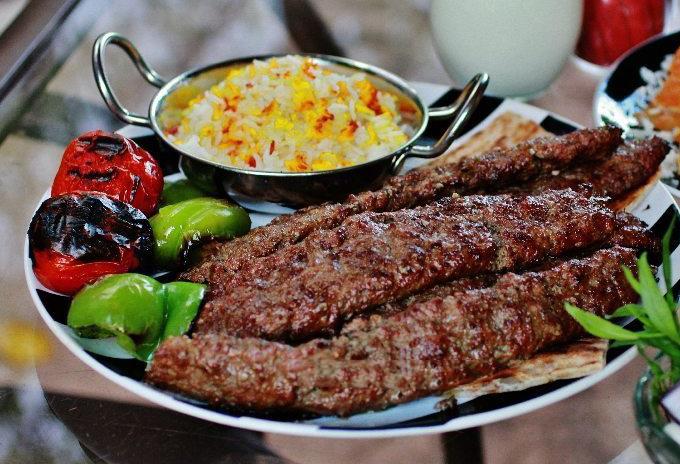Oman today_ Kebab is one of the most beloved and global dishes, with a rich historical and cultural background. This dish, typically made from grilled meat over an open flame, dates back to ancient times and has evolved over history with many variations across different cultures worldwide.
In ancient times, kebab was particularly popular in ancient Persia and nearby civilizations. The Persians used primitive methods for cooking meat, where it was placed directly over the fire. This simple yet delicious cooking technique gradually evolved over time, influenced by various cultures and civilizations. The word “kebab,” meaning grilled or cooked meat over fire in Persian, was borrowed from Arabic and became one of the most popular dishes in the region.
With the rise of Islam and the expansion of Islamic empires, kebab spread to other parts of the Middle East and Central Asia, where it was cooked in various forms. During the Ottoman period, it became one of the main dishes in Turkey, and varieties like “shish kebab,” where meat is grilled on skewers, gained popularity. This trend continued, and kebab spread to other parts of the world, gaining a special place alongside other local cuisines.
Over time, kebab reached countries such as Egypt, Lebanon, Syria, Saudi Arabia, and India, each adapting it with local ingredients, giving it a distinct flavor. In India, tandoori and Mughlai kebabs became famous for their unique spices. In many countries, kebabs are made from various meats such as lamb, chicken, beef, and even grilled vegetables, each having a unique flavor depending on local tastes and cultural influences.
In the 20th century, with the globalization of foods and cultural exchanges, kebab became a globally popular dish. Today, kebabs are served in many different forms, such as fast-food kebabs, burgers, and other grilled varieties. This dish is not only served in restaurants but also in picnics, barbecues, and fast-food outlets. Many countries, including Iran, Turkey, and Arab nations, continue to use kebabs as an essential part of their culinary culture and hospitality.
In Iran, kebabs are a central part of the food culture, with various types such as “kebab koobideh,” “joojeh kebab,” and “kebab barg” being popular throughout the country. In Turkey, “shish kebab” and “doner kebab” are among the most famous national dishes, which are also loved in other countries. In countries like Iraq and Syria, kebab is one of the main dishes served at parties and celebrations, and throughout the Middle East, kebabs are known for their diverse flavors and distinctive cooking methods.
Kebab remains one of the most beloved dishes worldwide, thanks to its simple preparation and variety of ingredients. Not only is it delicious in taste, but it also serves as a cultural and historical symbol in many countries.

